In recent years, the rise of at-home DNA testing kits has revolutionized how families explore their genetic connections. These kits, often marketed as tools for ancestry tracing, have quietly become a powerful resource for verifying biological relationships. The science behind these paternity and kinship tests is both fascinating and complex, rooted in decades of genetic research that now fits neatly into a cardboard box delivered to your doorstep.
The process begins with a simple cheek swab or saliva sample, which contains enough DNA to unravel profound questions about family ties. When the sample arrives at the laboratory, technicians extract DNA and examine specific genetic markers called SNPs (single nucleotide polymorphisms) or STRs (short tandem repeats). These markers act like biological fingerprints, with certain patterns being inherited from each parent. By comparing these patterns between individuals, scientists can determine with remarkable accuracy whether a biological relationship exists.
What makes these tests so reliable is the sheer volume of data they analyze. Modern kits examine hundreds of thousands of genetic markers across the genome. The probability calculations used in relationship testing have become extraordinarily precise, often yielding results with 99.9% certainty or higher for direct parent-child relationships. This level of accuracy approaches that of medical-grade testing performed in clinical laboratories.
Beyond simple paternity questions, advanced kits can now identify half-siblings, grandparents, aunts, uncles, and even more distant relatives. The algorithms have grown sophisticated enough to distinguish between various degrees of relatedness by analyzing how much DNA two people share and how that DNA is arranged. This capability has opened doors for adoptees seeking biological family and individuals exploring unexpected connections revealed through ancestry testing.
The emotional weight of these tests cannot be overstated. A single result can rewrite family narratives, confirm long-held suspicions, or heal decades-old wounds. Some discover half-siblings they never knew existed, while others find closure regarding paternity questions that may have lingered for years. The psychological impact often extends beyond the individuals tested, rippling through entire family systems as new information comes to light.
Ethical considerations abound in this rapidly evolving field. Consent becomes paramount when testing minors or when one person's results inevitably reveal information about relatives who didn't consent to testing. The potential for unexpected discoveries—from non-paternity events to previously unknown half-siblings—requires careful consideration before swabbing that cheek. Many reputable companies now include extensive counseling resources to help customers navigate these complex emotional landscapes.
From a technical standpoint, the accuracy of these tests continues to improve as our understanding of human genetics deepens. Next-generation sequencing technologies allow for more comprehensive analysis at lower costs, while improved databases provide better reference points for comparison. Some companies now incorporate phasing techniques that can determine which parts of DNA came from which parent, adding another layer of precision to relationship testing.
The legal landscape surrounding at-home DNA tests remains complex. While results from accredited laboratories can sometimes be used in court cases, most at-home kits don't meet the strict chain-of-custody requirements for legal admissibility. Those needing results for child support or inheritance cases typically must use specialized legal testing services that document every step of the collection and analysis process.
As the market expands, consumers face an array of choices between different types of relationship tests. Some focus solely on parent-child relationships, while others offer broader family matching. Price points vary dramatically based on the complexity of analysis and the size of the company's genetic database. Perhaps most importantly, privacy policies differ significantly between providers, with some retaining rights to use genetic data for research unless customers specifically opt out.
The future of familial DNA testing likely holds even more sophisticated capabilities. Researchers are developing methods to estimate age ranges from DNA samples and predict physical characteristics—advancements that could help identify unknown relatives with greater specificity. As these technologies progress, society will continue grappling with the profound implications of making such powerful biological insights available directly to consumers.
For all their scientific precision, DNA relationship tests ultimately tell just one part of a much larger human story. Biological connections form only one dimension of family bonds that are built through shared experiences, unconditional support, and lifelong commitment. The revelations these tests provide can be life-changing, but they represent the beginning of conversations rather than the final word on what makes a family.
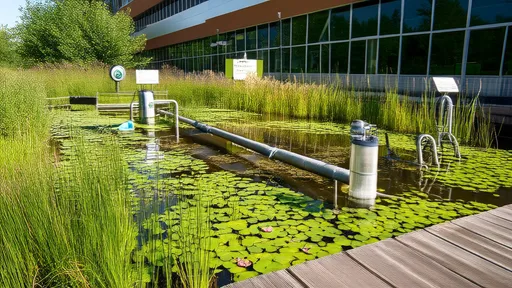
By /Aug 7, 2025

By /Aug 7, 2025
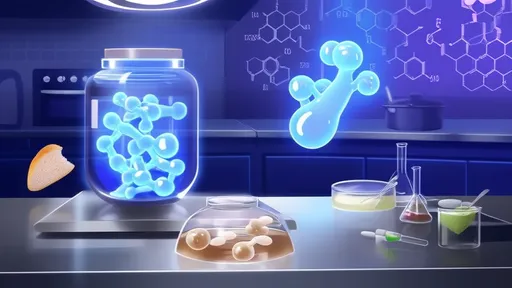
By /Aug 7, 2025
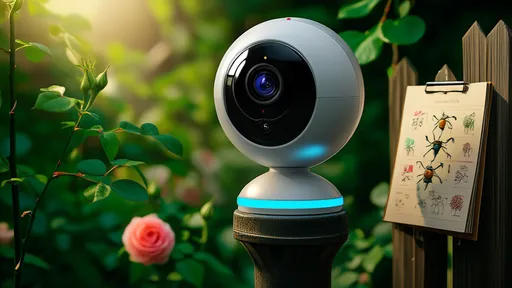
By /Aug 7, 2025
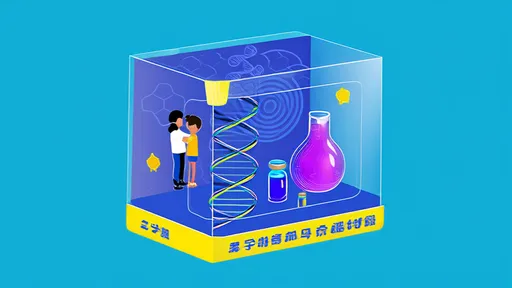
By /Aug 7, 2025
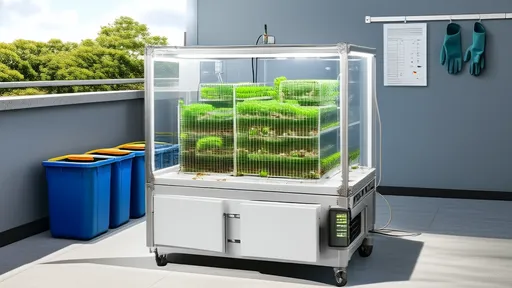
By /Aug 7, 2025

By /Aug 7, 2025
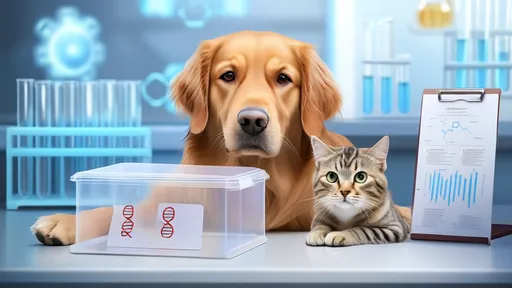
By /Aug 7, 2025
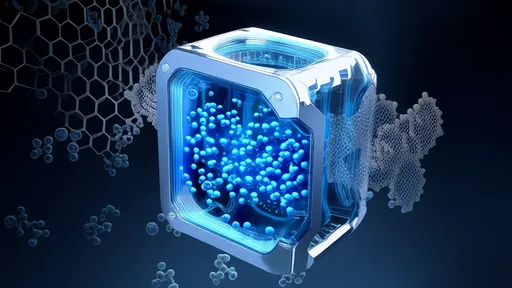
By /Aug 7, 2025
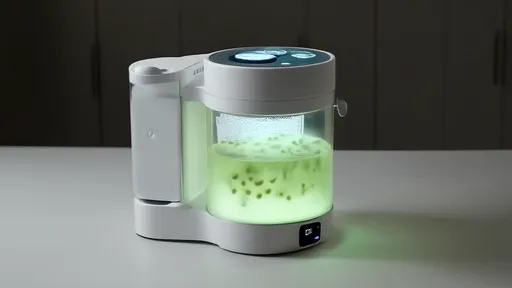
By /Aug 7, 2025

By /Aug 7, 2025

By /Aug 7, 2025
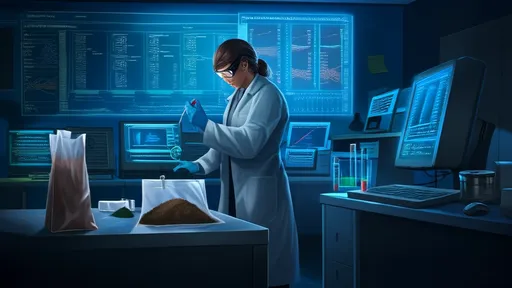
By /Aug 7, 2025
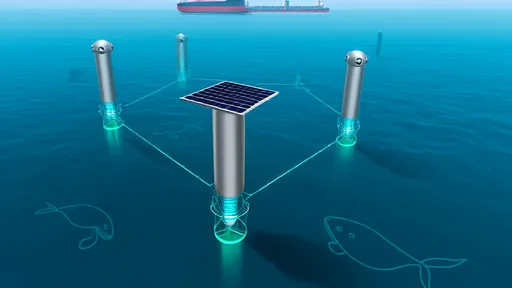
By /Aug 7, 2025
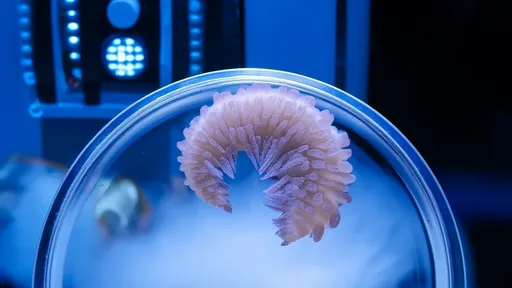
By /Aug 7, 2025
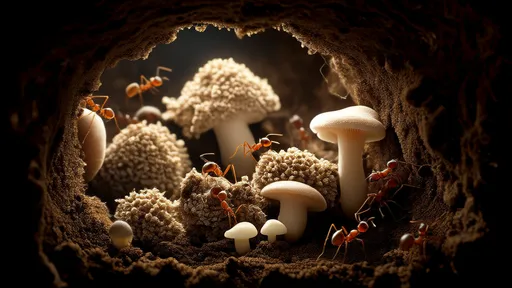
By /Aug 7, 2025

By /Aug 7, 2025

By /Aug 7, 2025
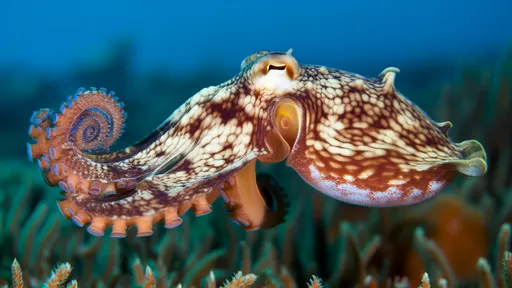
By /Aug 7, 2025
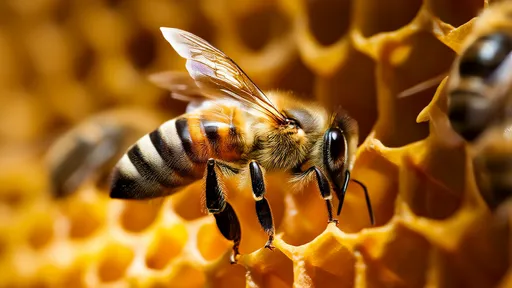
By /Aug 7, 2025